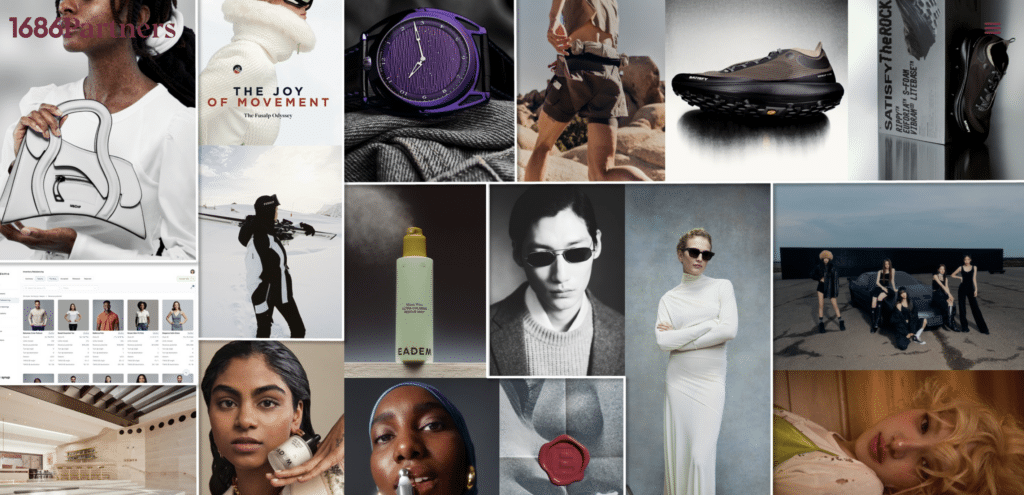The list of best-sellers on Amazon is different day-to-day – and it is not merely new trends replacing old ones. Instead, it is brands that did not exist until very recently pushing out other newly-launched and short-lived brands in order to take the top spots. What do almost all of these brands have in common? Their names are unrecognizable, unpronounceable, and unmemorable – and the brands, themselves, are only exclusively for the purpose of selling on Amazon.
In the headphones category on Amazon, for instance, 1,800 different products from almost 700 brands were among the top 100 best-sellers in the last twenty-four months. The category consists of nearly three new products from almost one new brand every day replacing current items in the best-sellers list. Those brands are pseudo-brands with names like NUBBYO, LAFITEAR, NANMING, AIWONS, or HWCONA, and they are numerous. In fact, only five brands – Apple, Samsung, Sony, Soundcore, and Tozo – had a product in the headphones best-sellers list for the entire twenty-four months. Just twenty have been in it for over 500 days (70 percent of the time). More than half of the brands were on the list for only five days or less, which means that hundreds of brands gained some momentum, and then ultimately got lost among the sea of lookalikes a few days later.
Headphones are not an outlier. Most Amazon categories exhibit this behavior, and there does not appear to be a slowdown in terms of the share of each category’s top-selling list that consistently gets replaced by newer brands. While top brands – which are often well-established names – across the board retain their positions, new entrants enter the best-sellers list on a daily basis over the past few years on a very consistent basis.
Brand moats on Amazon, then, are rare but not impossible. Unsurprisingly, Apple, Samsung, and Sony are always on the list, but there are also brands like Soundcore (owned by Anker, one of the Amazon-native brands, which has since publicly listed on the Shenzhen Stock Exchange) and Tozo that do not have the pedigree of established brands. There are hundreds more that gain some success but fail to establish market position, and thousands more that try every month to replicate some of that success – and again, this pattern is not only playing out when it comes to headphones, but across a wide array of categories on Amazon – from apparel and beauty products to electronics and toys.
The consistency with which so many new brands are launching on Amazon is having an impact beyond the Seattle-based titan’s platform, itself. In order to be eligible for Amazon’s Brand Registry, an initiative that enables sellers to “gain better control over their product listings” and to gain increased “access to advertising solutions, which can help you increase [a] brand’s presence” on the sweeping e-commerce marketplace platform, Amazon mandates that companies must be able to show that they have a registered trademark in the U.S. As a result, no shortage of these Amazon sellers are making a beeline for the U.S. Patent and Trademark Office (“USPTO”) and seeking to register new trademarks in order to be eligible for Amazon’s Registry.
This has led to a spike in trademark applications being filed with the USPTO, mostly from applicants in China. “As of June [2021], the increase [in trademark applications] was roughly 63 percent higher than the previous year, which translates to about 211,000 more applications,” the national trademark body stated in a blog post. “And in December 2020, alone, the USPTO revealed that it received 92,608 trademark applications, an increase of 172 percent over December 2019.” In July 2021, the backlog of pending trademarks at the USPTO had surpassed 900,000 for the first time.
(There has been a rising emphasis on the potential for fraud in connection with many of these applications, with applicants attempting to get around the USPTO’s actual use requirement by submitting photoshopped images that appear to show how their trademarks actually being used. Chances are, this type of fraud is likely at play when it comes to some of the unpronounceable terms (think: UMQN, AHY JS, AIVYU, JGTG, and FKRF, among others) that appear on the list of more than 15,000 trademarks in a final order for sanctions that the USPTO issued in December against Yusha Zhang and Shenzhen Huanyee Intellectual Property Co., Ltd. for engaging in the unauthorized practice of law.)
For those brands – many of which appear to be a randomly generated string of letters (take VBIGER and MAJCF, for instance), the brand name, itself, is not important, and the only reason they go through the USPTO registration process is to unlock the Brand Registry service on Amazon, among other benefits. They succeed or fail on Amazon despite the brand name. (Most often, they fail.) Because of this, shopping on Amazon is unlike any other retailer. At the same time, the definition of what “brand” stands for – both in terms of the source of the goods themselves, which is more often than not largely unknown to the buyer, and any potential for goodwill associated with that brand, which is slim given the short shelf life of these brands, for one thing – is also proving to be increasingly distorted on Amazon, too.
Amazon’s marketplace is evolving, however. Many more sellers are thinking about moats beyond the number of reviews, and aggregators buying those Amazon-native sellers are building portfolios of brands with the hope of turning them into recognizable brands. (Funding for Amazon aggregators was down over 80 percent in 2022; By September 2021, aggregators had raised nearly $9 billion in new funding. This year, the figure is only $2.3 billion.) Hero Cosmetics, for instance, the acne care brand born on Amazon, was acquired for $630 million in September week. Hero launched on Amazon in 2017 with one SKU that has since become the No. 1 beauty product on Amazon.
These developments are not going to curtail the chaos on Amazon, but the incentives are starting to look different. It has never been easier to launch a brand on Amazon like it is today, and yet, it has never been harder to launch the next Anker.
Joe Kaziukenas is the founder of Marketplace Pulse, a business intelligence firm focused on e-commerce.














